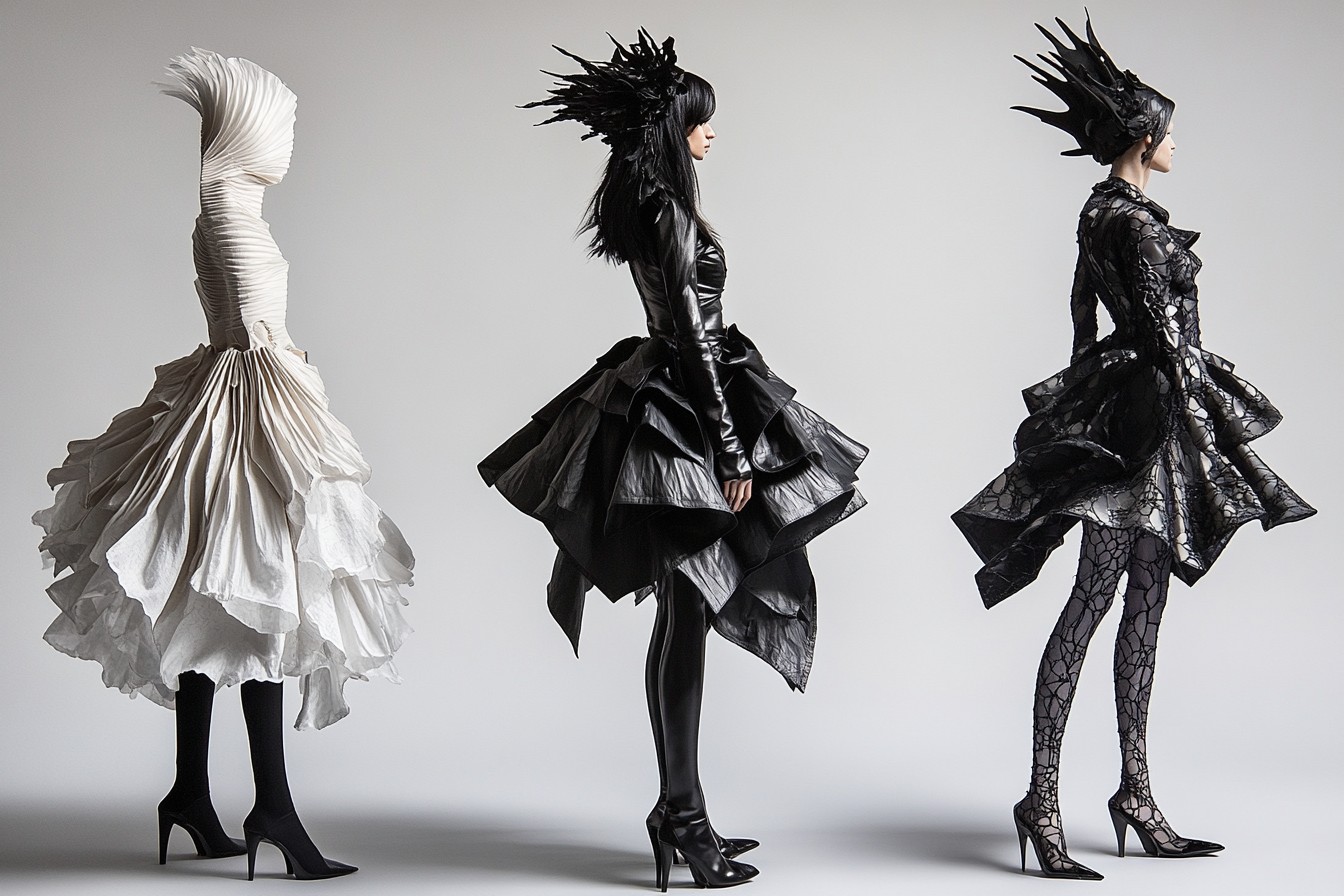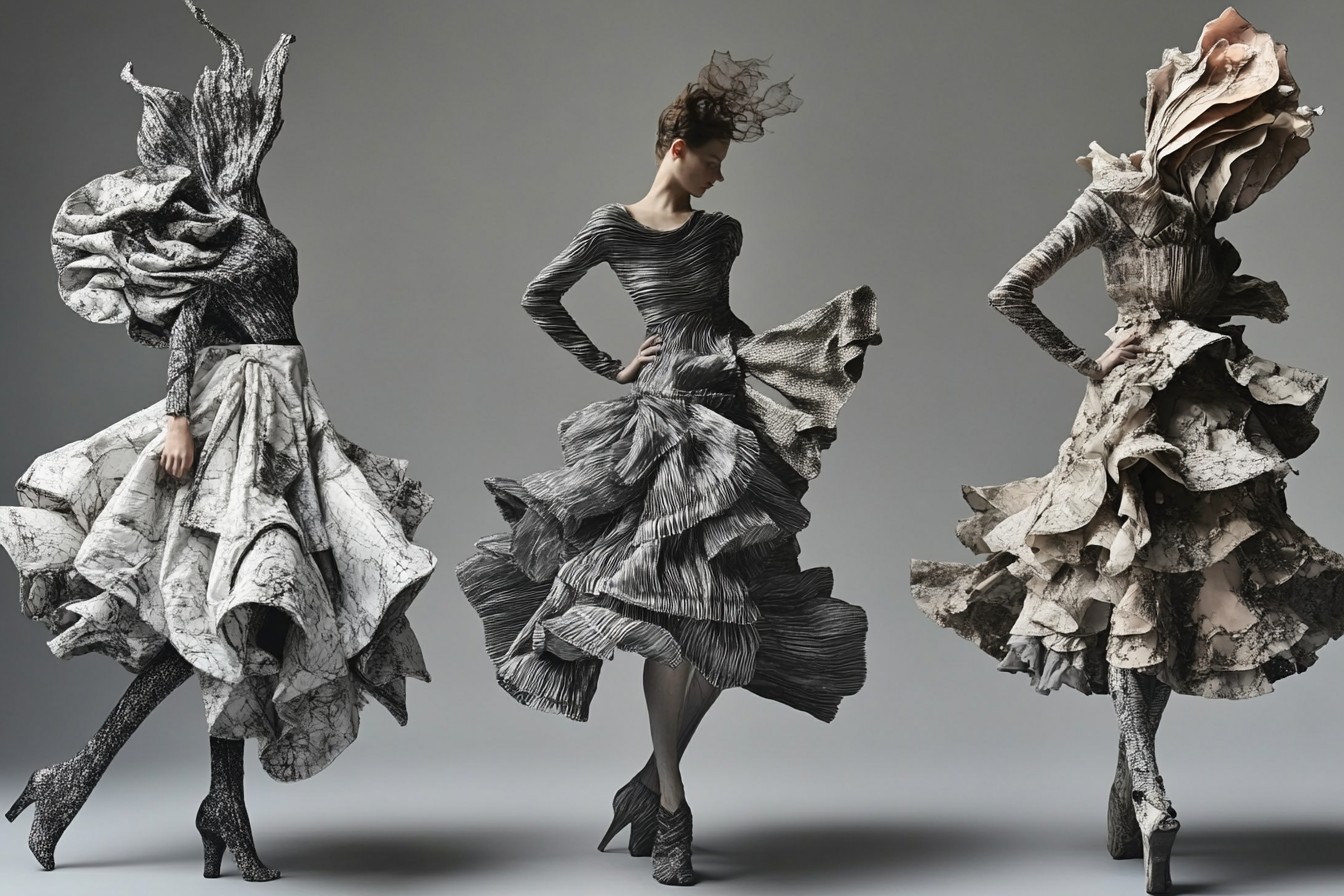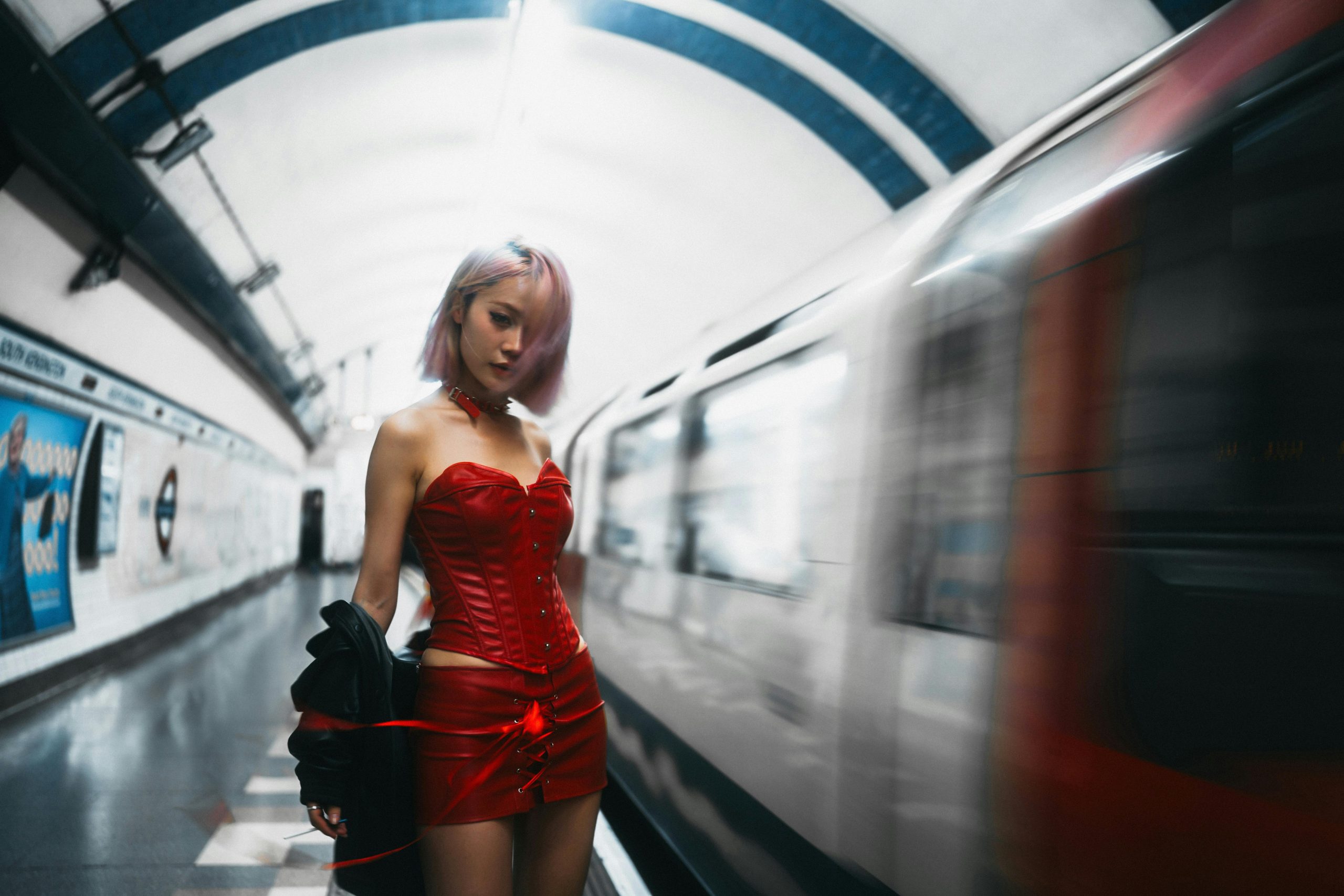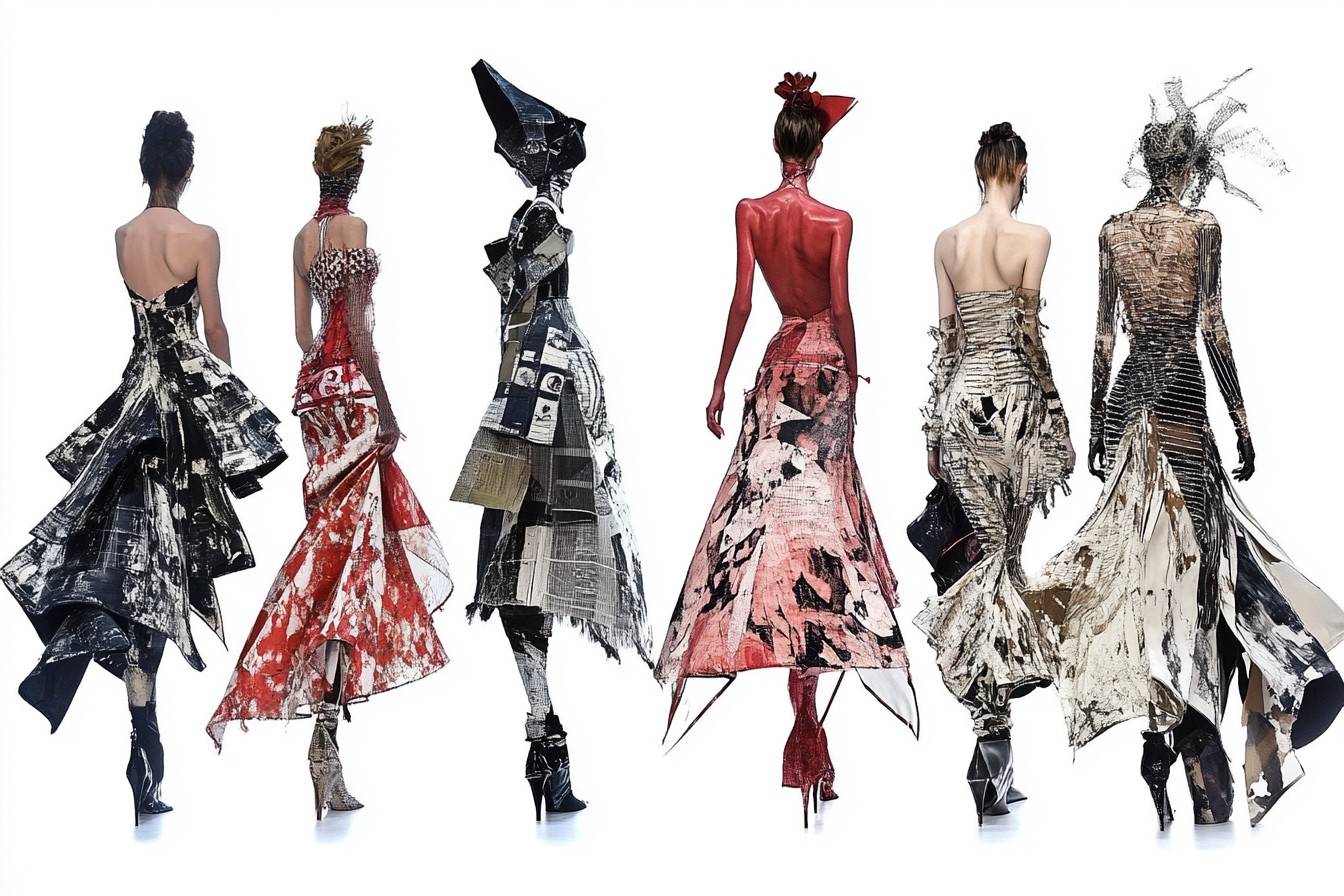“Does this look desperate?” My friend Sadie was standing in my living room last Thursday night, wearing a dress that—let’s be honest—left very little to the imagination. She had a first date with a guy she’d met on Hinge, and judging by the amount of outfit changes scattered across my sofa, she was absolutely bricking it.
“It doesn’t look desperate,” I replied carefully. “But you might freeze to death. It’s February, and you’d need to be surgically attached to the radiator in that.” She sighed dramatically and disappeared back into my bedroom for outfit attempt number seven.
First date dressing is a special circle of fashion hell that I’ve witnessed countless friends navigate (and occasionally fallen into myself). It’s that impossible balance—you want to look like you’ve made an effort, but not too much effort. Attractive, but not like you’re trying too hard. Comfortable enough to actually enjoy yourself, but not so comfortable you look like you’re meeting your accountant rather than a potential soulmate. And this peculiar calculation gets even more complicated when you factor in British weather, British pub heating systems (either Arctic or tropical, no in-between), and our peculiarly British reluctance to ever appear too keen about anything, romance included.
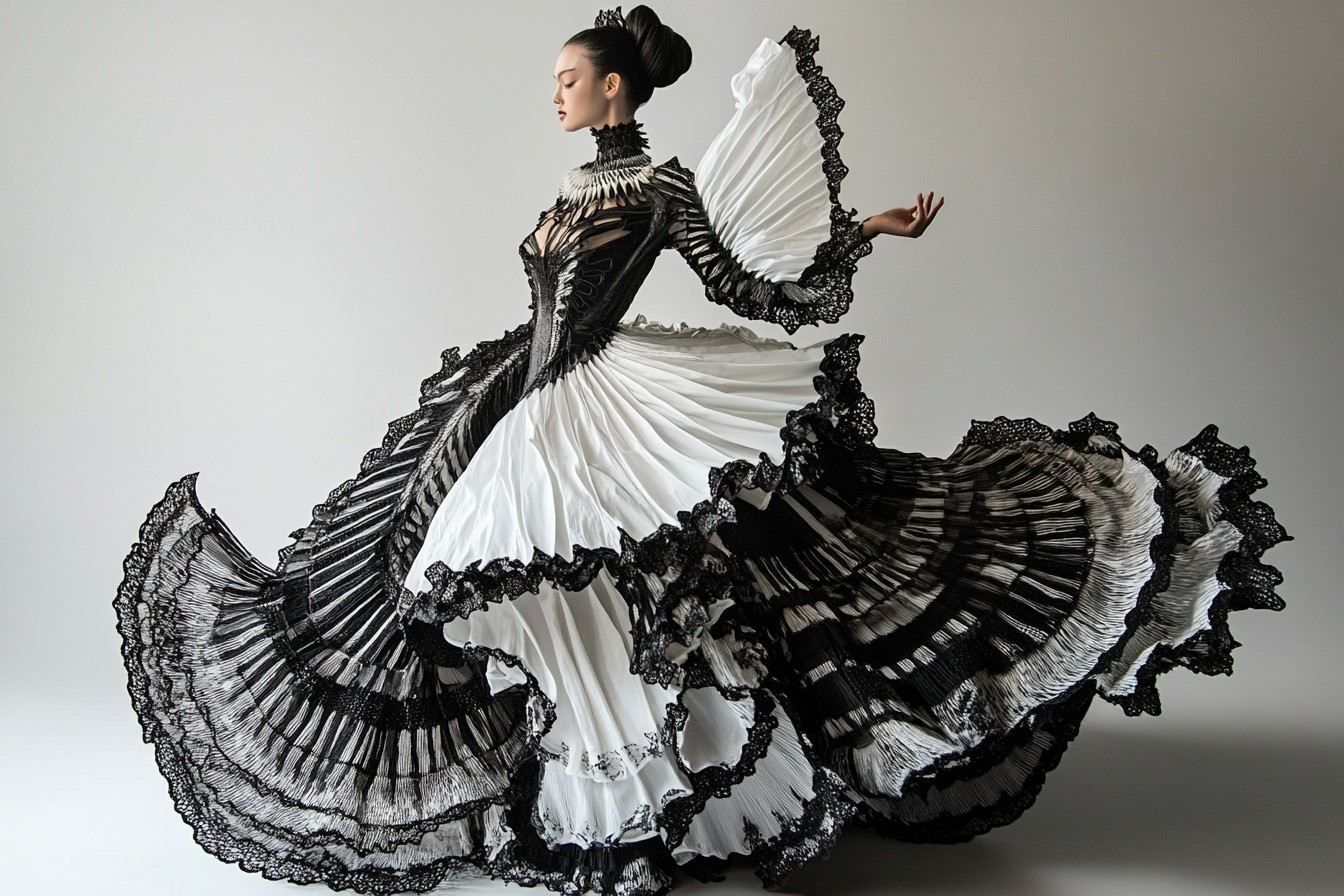
Over the years, I’ve conducted something of an informal study into what women across Britain actually wear on first dates—not what glossy magazines tell them to wear, not what dating coaches recommend, but the actual, practical outfits they choose when facing that nerve-wracking initial meeting. I’ve questioned friends, colleagues, sisters, even strangers in ladies’ toilets who looked date-appropriate (yes, I am that person—in my defense, women in bathroom queues will tell you their life stories if you just ask).
The results were fascinating—and surprisingly regional, class-specific, and age-dependent. But there were some universal truths that emerged, and they’re worth sharing for anyone currently standing in front of their wardrobe having an existential crisis about whether those jeans make them look approachable or if that top is sending entirely the wrong message.
The most consistent piece of wisdom? Wear something you’ve worn before and know you feel good in. This sounds obvious, but the temptation to buy something new for a first date is apparently almost universal. My colleague Meena admits to having a “first date dress” that she bought specifically for dating and has never worn in any other context. “It’s not even particularly sexy or special,” she told me. “It’s just a black wrap dress. But it’s only ever seen the inside of restaurants with men whose last names I didn’t yet know.”
The problem with new outfits, as anyone who’s ever made this mistake can attest, is that you haven’t road-tested them for the million small irritations that only become apparent when you’re wearing something for longer than the 45 seconds you tried it on in the shop. That new jumper might get itchy after an hour. Those jeans might bag out at the knees. That dress might ride up every time you sit down, leaving you discreetly tugging at your hemline rather than focusing on whether your date has concerning opinions about their ex.
Sadie eventually settled on outfit number eight—black jeans, a silky blue top she’s had for years, and ankle boots with a heel just high enough to give confidence without preventing her from walking normally. “I’ve worn this to work and got compliments,” she said, visibly relieved to have reached a decision. “And I know I can sit, stand, and potentially run away in it if needed.” This last point was only partially a joke.
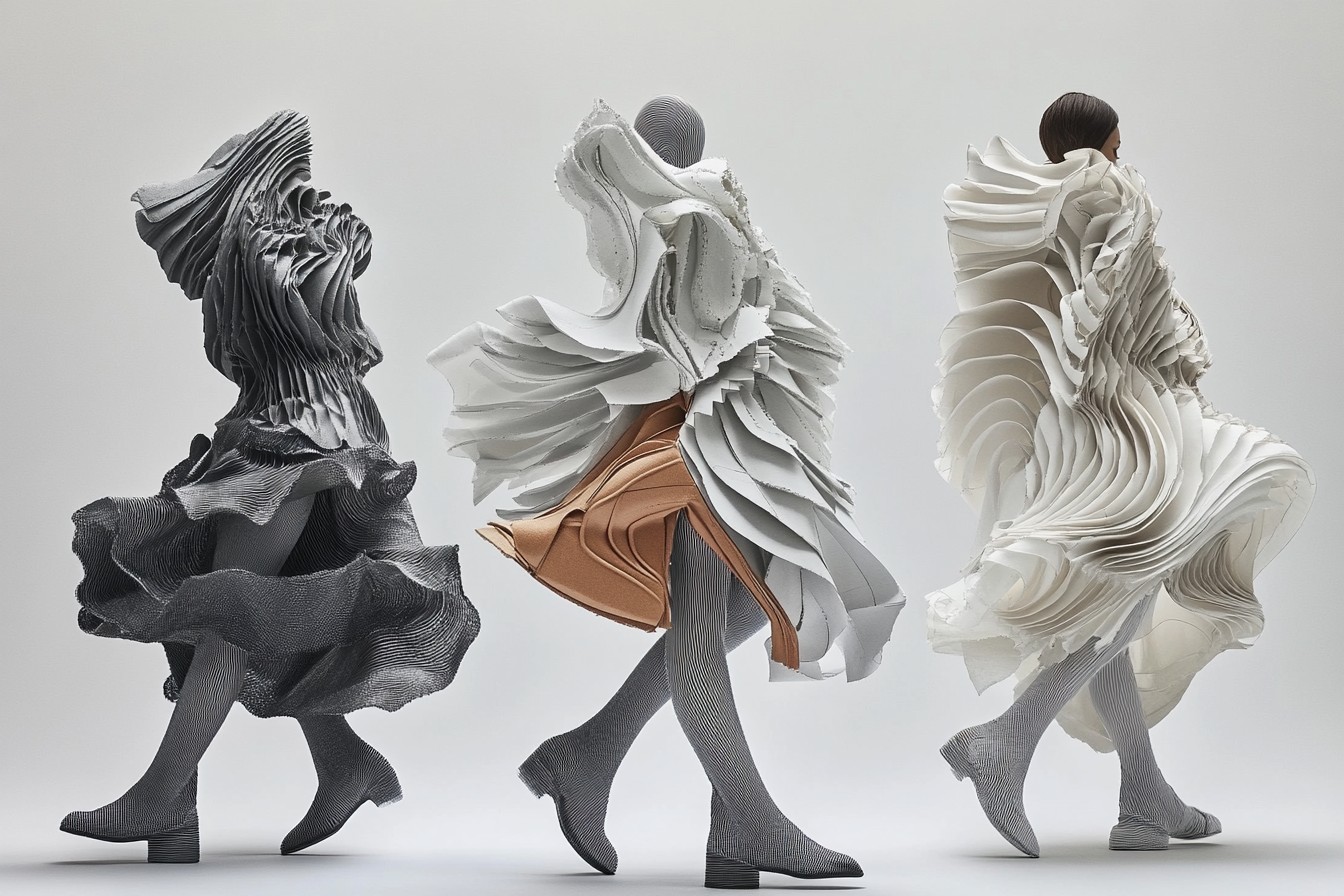
That brings us to the second universal rule: comfort is non-negotiable. Not just physical comfort, though that’s essential, but emotional comfort—wearing something that feels like you, not like you’re in costume as “Date Night Barbie” or whoever you think your date wants to meet.
My friend Leila, who has been on more first dates than anyone else I know (partly because she’s gorgeous, partly because she’s chronically optimistic about men who are clearly walking red flags), puts it this way: “If I’m physically uncomfortable, I’m mentally uncomfortable. If I’m mentally uncomfortable, I’m not myself. If I’m not myself, what’s even the point of the date? They’re not meeting me, they’re meeting some weird, awkward version of me who keeps adjusting her bra straps.”
So what does this comfort-first philosophy look like in practice? For many women, it means the elevated version of their everyday style rather than a complete departure from it. If you never wear dresses in daily life, a first date probably isn’t the time to suddenly don one. You’ll likely feel like you’re playing dress-up, and that self-consciousness will show.
The “elevated everyday” approach typically translates to better-fitting versions of familiar items, slightly higher-quality fabrics than your work or weekend clothes, and more attention to the details. So if jeans and a nice top is your usual uniform, the date version might be your best-fitting dark jeans (the ones without mysterious stains or frayed hems), a silk or satin rather than cotton top, and shoes that aren’t scuffed to hell.
Tasha, a graphic designer from Manchester, described her first date formula as “essentially my normal clothes, but without the paint splatters and with matching underwear underneath.” The matching underwear, she clarified, wasn’t an expectation of where the evening might lead but “more of a confidence thing—a secret armor that makes me feel put together even if he can’t see it.”
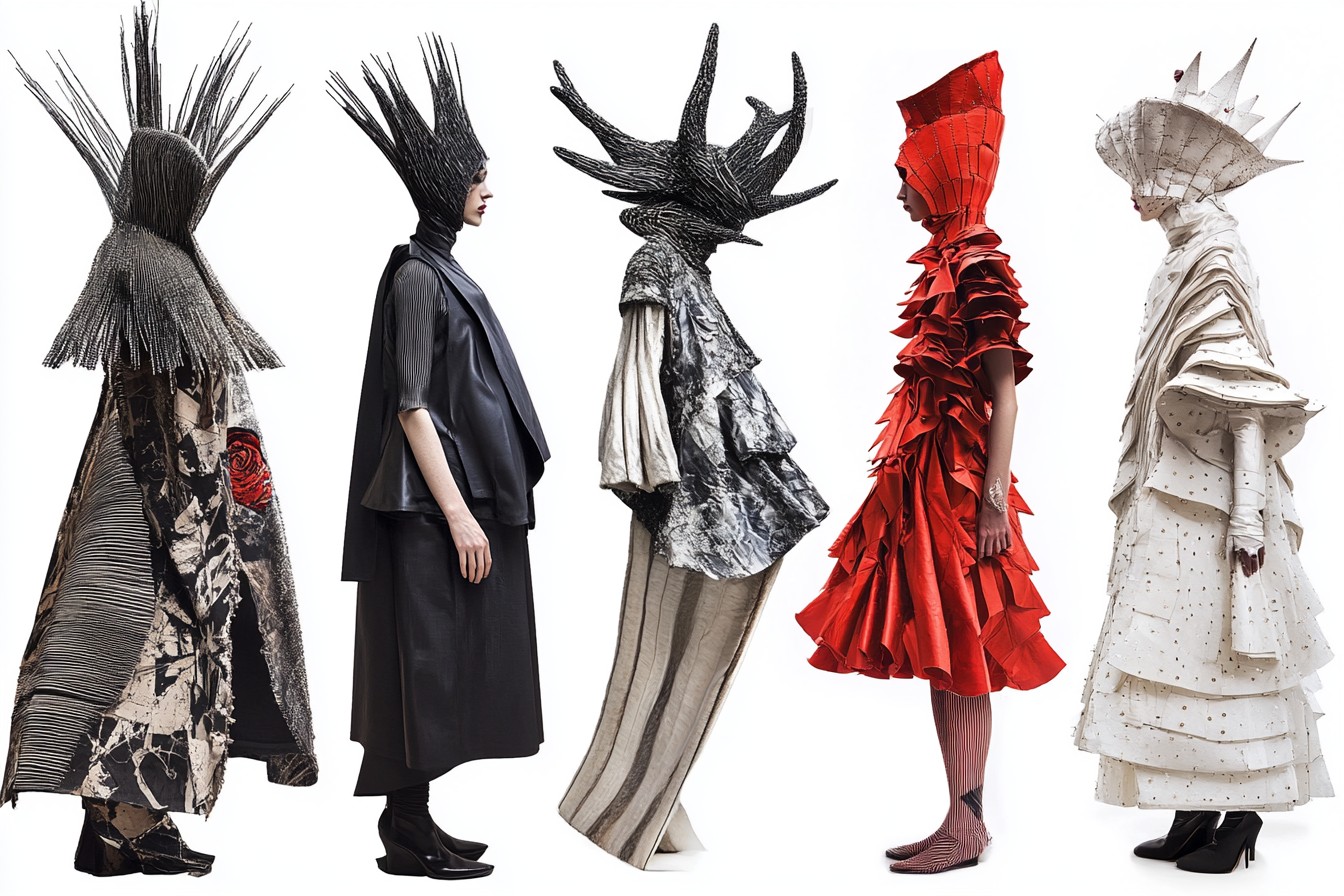
This notion of “secret armor” came up surprisingly often. Rebecca, a teacher from Bristol, always wears a specific perfume on first dates that she doesn’t wear day-to-day. “No one knows except me, but it creates this bubble of confidence,” she explained. “Even if the date’s going badly, I catch a whiff of it and think, ‘Well, at least I smell fantastic.'”
For other women, the armor is more visible—a signature lipstick color, a favorite pair of earrings, or even a specific jacket that’s featured in enough successful dates to have developed lucky properties. My own first date good luck charm is a vintage gold bangle that was my grandmother’s. It goes with absolutely nothing I own and clanks annoyingly against tables, but I’m irrationally convinced that dates go better when I wear it.
When it comes to specific outfit formulas, certain combinations emerged as clear favorites among British women. The most frequently mentioned was some variation of “jeans, nice top, ankle boots”—the uniform of first dates across the nation. What constitutes a “nice top” varies wildly depending on age, personal style, and the venue, but the general principle remains: something that shows you’ve made effort without looking like you’re heading to a club or a board meeting.
For women in their twenties and early thirties, the “nice top” is often something with a bit of visual interest—a wrap style that shows some (but not too much) skin, a subtle sheen to the fabric, or an unusual neckline. The jeans are typically high-waisted skinnies or straight legs, and the boots have a heel that’s walkable but gives a bit of height. In summer, the boots might be swapped for nice sandals, but the basic formula remains.
Women in their late thirties and forties often opt for a more refined version of this same formula—better quality basics rather than statement pieces. The jeans might be premium denim with perfect tailoring, the top often more understated but in luxurious fabric, and the heel height generally decreases with age (a wisdom that comes from experience, according to my friend Claire, who at 42 refuses to “wobble through another first date like a new-born giraffe just to be three inches taller”).
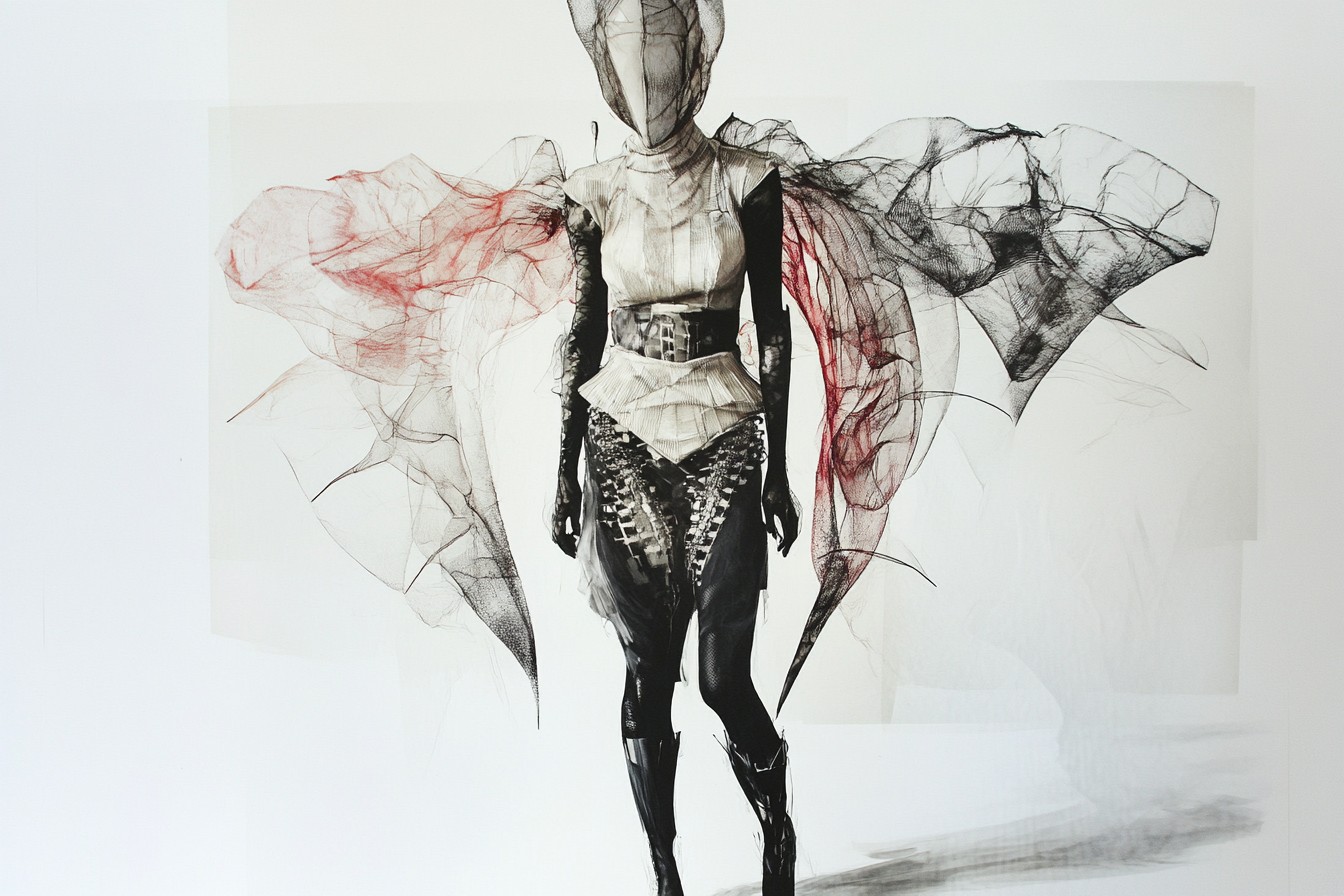
Dresses are the second most popular option, but with very specific parameters. The consensus favorite is the wrap dress—universally flattering, easily adjusted for comfort during the date, and hitting that elusive sweet spot between feminine and practical. In winter, this might be paired with tights and boots; in summer, with bare legs and flats or low heels.
Length matters too. Mini dresses were mentioned almost exclusively by women in their early twenties, while midi lengths dominated among women over 25. “I realized I spent the entire date thinking about whether I was sitting in a way that preserved my modesty,” explained Maya, 27, about her last date in a shorter dress. “After that, I decided life’s too short to worry about accidentally flashing someone before I’ve decided if I even like them.”
Skirts with tops were less commonly cited, perhaps because they introduce more variables to manage. But those who did favor skirts typically paired A-line or wrap styles with simple tops—the reverse of the jeans formula, where the bottom half is basic and the top half does the talking.
The third most popular first date outfit category was what several women called “the smart casual dress-down”—the deliberate choice to wear something that looks almost defiantly casual, but is actually carefully chosen. This often features dark jeans, a well-cut t-shirt or lightweight jumper, and pristine white trainers or loafers. It’s a look that says “I’m confident enough not to peacock” while still being considered enough to show respect for the occasion.
This is Priya’s go-to strategy. At 38, she’s been through enough dating phases to know what works for her. “I used to dress up for first dates and found the men would treat me differently—more like I was on display, less like they were meeting the real me,” she told me. “Now I dress almost like I’m meeting a friend, but everything’s clean, fits perfectly, and the details are right. It sets a tone that this is casual but not careless.”
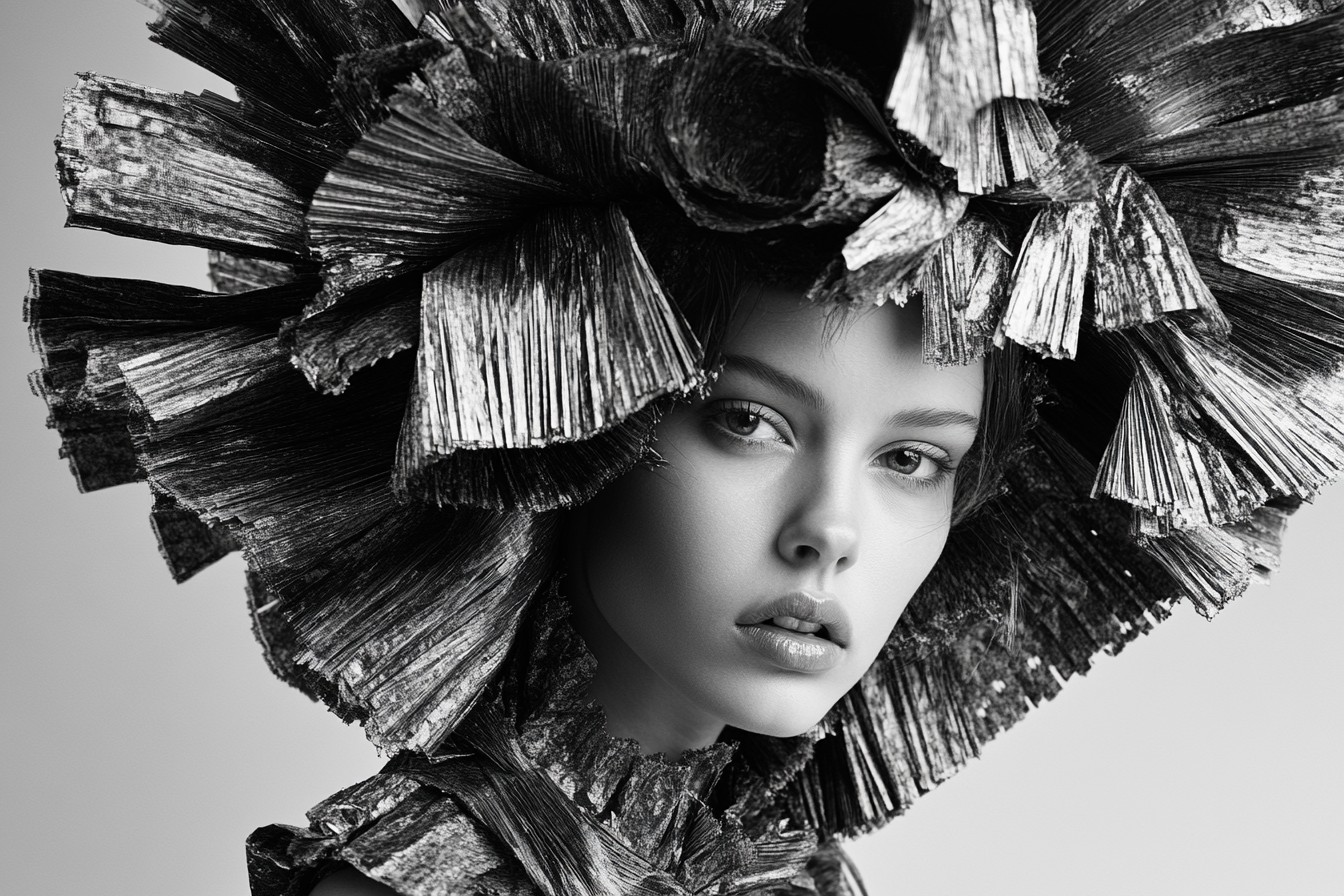
Regional variations are fascinating too. Women in London reported the most understated first date looks—an almost studied casualness that still requires considerable thought (and often money) to achieve. Northern cities like Manchester and Newcastle favor more obvious glamour—the jeans might be the same, but the tops are more likely to sparkle, the heels more likely to be high, the makeup more likely to be noticeable.
Edinburgh and Scottish cities have their own variation—smart casual with high-quality basics, often featuring excellent knitwear (practical in a climate where even summer evenings can be chilly) and more muted colors. Bristol, Brighton, and other southern coastal cities embrace a more deliberately bohemian aesthetic, with vintage pieces and visible creativity in accessories.
The venue, unsurprisingly, influences choices too. The classic British pub date—still the most common first meeting place according to my highly unscientific survey—calls for a different approach than a restaurant, cocktail bar, or daytime coffee. Pub dates favor layers (the temperature unpredictability factor again) and outfits that can transition from standing at the bar to perching on a variety of uncomfortable seating options.
Restaurant dates tend to elevate the formality level slightly, while daytime coffee meetings skew more casual but still deliberate. The most dreaded first date scenario, according to multiple women, is the “activity date” like mini-golf or bowling that requires practical clothing while still trying to look attractive. “He suggested rock climbing for a first date,” my friend Hannah told me with visible horror. “I spent more time trying to figure out if cute and climbing-appropriate clothes exist than I spent actually climbing.”
Across all these variations, certain items were consistently mentioned as first date no-gos. Brand new shoes top the list—blisters and hobbling are not conducive to romance. Complicated outfits that require constant adjustment, anything too trend-focused that might be distracting, and clothes that prevent normal movement (too tight, too short, too structured) were all cited as mistakes learned the hard way.
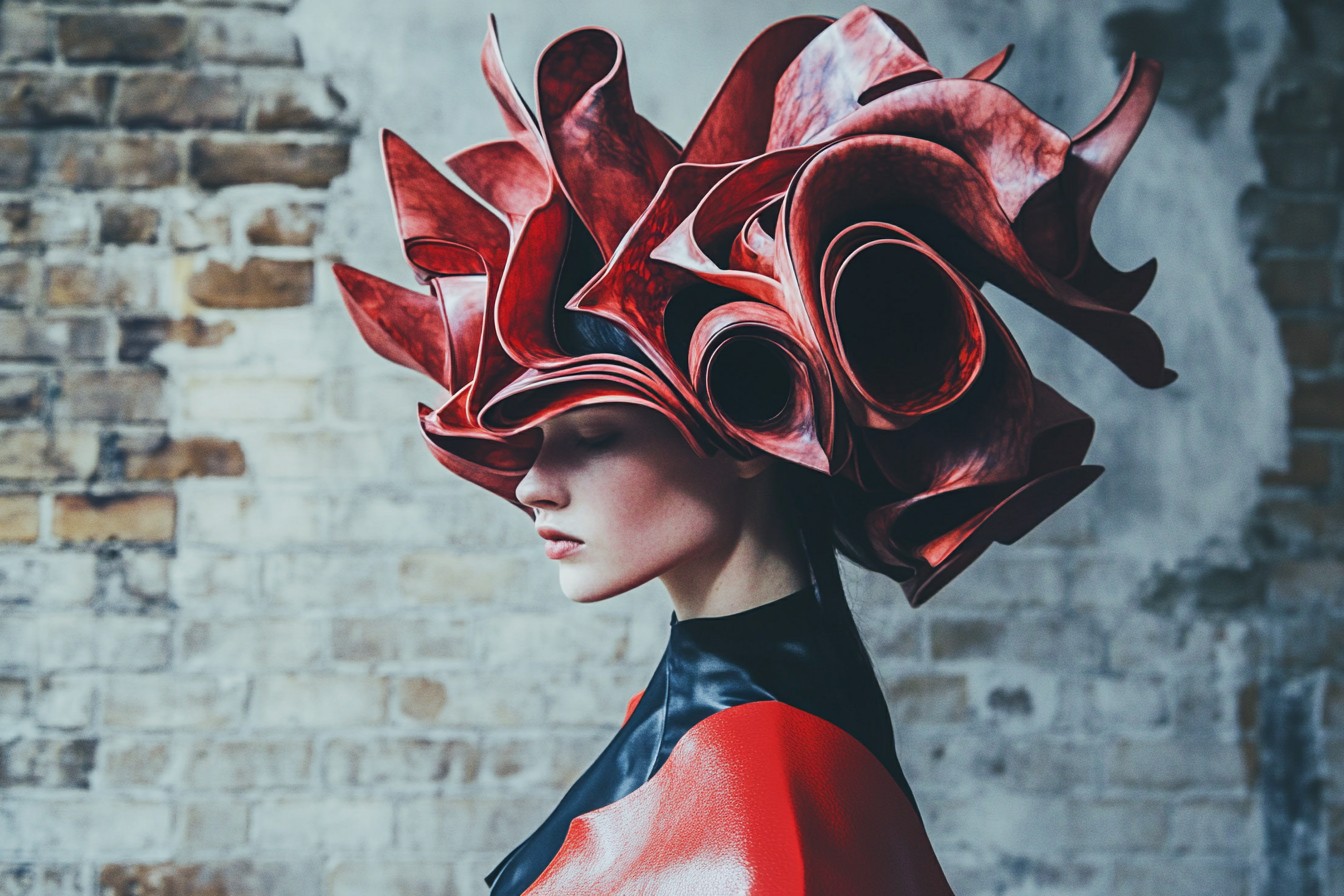
Interestingly, there was little consensus on how revealing an outfit should be—this varied wildly based on personal comfort, the specific date, and individual style. Some women feel most confident with a lower neckline or shorter hemline; others feel most comfortable more covered up. The common thread wasn’t the amount of skin shown but whether the choice felt authentic and comfortable rather than performative.
As for colors, certain patterns emerged. Black was cited as a confidence-boosting failsafe by women across all demographics. Red was mentioned as a deliberate choice when wanting to make a stronger impression. Blues—particularly deeper shades—were popular for bringing out eye color and creating a sense of approachability. And neutrals were favored by those wanting to project sophistication.
My personal first date formula has evolved over years of trial and error. In my twenties, I favored dresses that, in retrospect, required far too much maintenance throughout the evening. These days, I’m firmly in the elevated casual camp—black jeans with a silk camisole and blazer, gold jewelry (including the lucky bangle), and ankle boots with a block heel that’s genuinely comfortable. It’s essentially my work uniform minus the laptop bag and with better underwear, which says something about either my uninspired dating wardrobe or my inappropriately fashionable work attire.
When Sadie texted the next morning about her date (verdict: “Decent chat but shorter than his profile claimed—will give him a second chance”), she included a note about the outfit: “You were right about the jeans. We ended up walking to a different bar, and I’d have frozen/fallen over in the dress.” Sometimes the best first date outfit advice is simply practical.
So what’s the definitive answer to first date dressing? There isn’t one, of course. But if I had to distill all this research into actionable advice, it would be this: wear something that feels like an authentic but slightly enhanced version of yourself. Something that allows you to focus on the person across the table rather than on adjusting, tugging, or shivering. Something that would look perfectly appropriate if you bumped into colleagues, but still makes you feel like your most attractive self.
Because ultimately, the point of a first date isn’t to impress someone with your clothes—it’s to figure out if you like each other enough to meet again, preferably in an outfit you haven’t overthought nearly as much as the first one.
